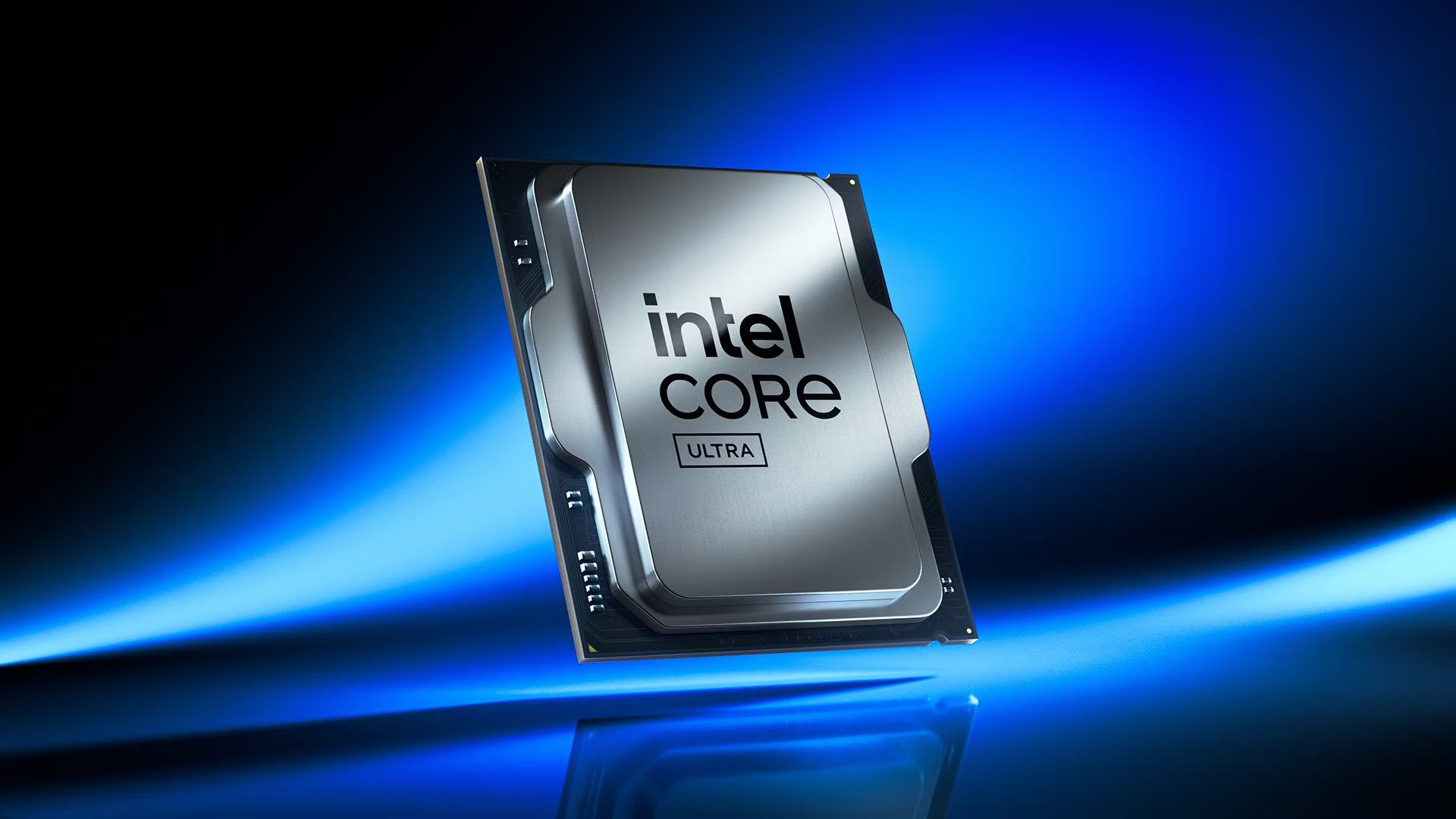Intel Arrow Lake loses DLVR bypass "Power Gate" profile in latest 0x112 microcode — chipmaker says the change will prevent "accidental misuse"
The bypass is now reserved for extreme overclocking conditions.

Reports suggest that Intel has removed the ability for users to bypass DLVR through the BIOS in its latest 0x112 microcode—per Hardwareluxx. DLVR technology on Intel's Arrow Lake lineup of CPUs is said to improve efficiency, though you could choose not to use the feature through a "DLVR bypass" setting in the BIOS in case you were overclocking (OC).
DLVR is not technically an Arrow Lake-first technology. It was also featured on Raptor Lake but fused off for technical reasons. DLVR is a part of the CPU die used to regulate power in tandem with the motherboard's voltage regulators - offering granular control over each performance and efficiency core cluster's voltage.
As explained by der8auer, DLVR is helpful in gaming loads where a 0.3V delta (between Vin and Vcore) nets a 20W power loss (20W = 0.3V x 67A). However, in production workloads where all cores are in full throttle, a 0.4V delta quickly results in over 88W of power lost (88W = 0.4V x 220A). This is why some motherboards had an option (Power Gate) to bypass DLVR, ultimately offering Raptor Lake-like voltage control.
"This was done to prevent accidental misuse of DLVR bypass, also known as power gate mode, by ensuring it's only used in extreme overclocking scenarios with sub-ambient cooling such as liquid nitrogen."
Intel to Hardwareluxx
It appears that users can no longer switch DLVR off using the Power Gate profile after installing the latest 0x112 microcode for Arrow Lake. On further clarification, Intel says that this setting was removed to prevent "accidental misuse" of the feature. The company rep further states that DLVR is meant to be bypassed only in exotic overclocking setups - possibly through the LN2 profile on high-end boards - locking out the average consumer.
Maybe Intel is trying to avoid another Raptor Lake fiasco, but many enthusiasts will argue that the decision should be left to the end-user, at least in the DIY space. From what we can infer, this leaves early Arrow Lake adopters at the mercy of their motherboards since not every board has an extreme overclocking profile.
Stay On the Cutting Edge: Get the Tom's Hardware Newsletter
Get Tom's Hardware's best news and in-depth reviews, straight to your inbox.

Hassam Nasir is a die-hard hardware enthusiast with years of experience as a tech editor and writer, focusing on detailed CPU comparisons and general hardware news. When he’s not working, you’ll find him bending tubes for his ever-evolving custom water-loop gaming rig or benchmarking the latest CPUs and GPUs just for fun.
-
thestryker While I understand where they're coming from (and this was reported on before ARL launch) it seems like an overly heavy handed choice. If the workloads being run were going to be heavily multithreaded and used for an extended period of time the bypass mode could be a very real power savings benefit without any sort of overclocking being involved.Reply -
MXM0 I think Intel made the right choice here. Given the nature of how the Internet reacts to reports of failures, etc, without bothering to dive into the details of exactly what the circumstances are, Intel is avoiding some PR nonsense, potentially even created by their competitors, except in scenarios where extreme overclock is the obvious issue.Reply
If you want to tinker, during this time of dangerous financial struggle for Intel, you should do it in a brazen fashion that does not artificially look like it's Intel's fault that you destroyed your CPU.